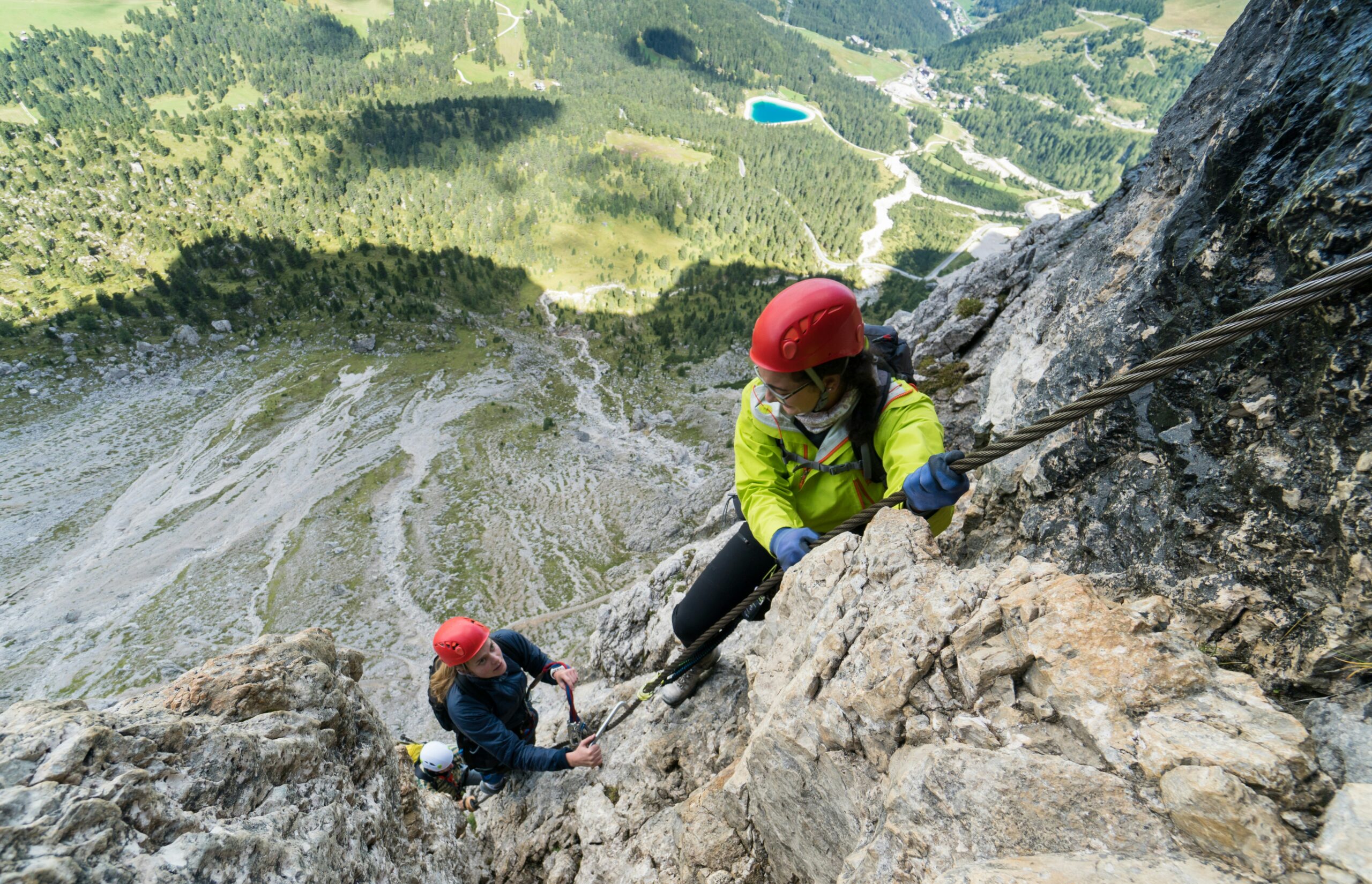
Mountain climbing is a thrilling adventure that presents both physical and mental challenges. Whether you’re scaling a beginner’s peak or preparing for more advanced expeditions, understanding the basics of the sport will set you up for success. This guide will walk you through the essentials you need to get started, from necessary gear to training and safety considerations.
Understand the Basics of Mountain Climbing
Before you embark on your first climb, it’s essential to understand the fundamentals of mountain climbing. The sport is divided into different types, ranging from trekking to technical climbs, each requiring varying levels of expertise and equipment. For beginners, the focus is usually on hiking or trekking to the summit, where you won’t need to scale rocky cliffs or use the technical climbing gear. However, knowing the difference between types of climbs can help you prepare for future challenges as you progress.
Hiking up a mountain, while less technical, is still a physically demanding activity that requires preparation. A basic understanding of trail conditions, weather patterns, and navigation techniques will help ensure your success and safety on the mountain. Many beginner routes are well-marked and accessible, offering a perfect entry point into the world of climbing.
Essential Gear for Beginners
The right gear is essential to staying safe and comfortable on the mountain. As a beginner, you don’t need the full range of climbing equipment, but certain items are crucial for a successful trek. The most essential piece of gear is a good pair of hiking boots. They provide stability, ankle support, and traction, all of which are essential for walking on uneven terrain. Ensure the shoes are waterproof to protect your feet from wet conditions, especially when climbing in colder climates.
Other essentials include a backpack, a hydration system, suitable clothing, and a basic first-aid kit. Your backpack should be lightweight yet spacious enough to carry essential supplies, such as food, water, and extra layers of clothing. A hydration system, such as a water bladder, will help you stay hydrated without needing to stop and take off your backpack frequently. Additionally, dressing in layers is essential for regulating body temperature, as weather conditions on a mountain can change rapidly and unexpectedly.
Physical Preparation and Training
Mountain climbing is physically demanding, so it’s essential to train your body before attempting a climb. Focus on building stamina, strength, and endurance through regular cardiovascular exercises, such as walking, running, and cycling. These exercises will help prepare your heart and lungs for the sustained effort required during the climb. Additionally, strength training exercises that target your legs, core, and upper body can help improve your stability and balance on the trail.
To simulate the climbing experience, it’s beneficial to practice hiking with a weighted backpack. This will help you get accustomed to the load and build the necessary muscle strength for carrying it over long distances. If you have access to a staircase or a hill, climbing it with a loaded pack will also provide an excellent workout. Finally, flexibility exercises and stretching can help prevent injury by increasing your range of motion.
Understanding Weather Conditions
Weather is one of the most unpredictable factors in mountain climbing, and it’s essential to understand how to interpret the forecast before heading out. Even in seemingly perfect conditions, mountain weather can change quickly, making it necessary to be prepared for the unexpected. Before you embark on your climb, check the weather forecast and prepare accordingly.
If you plan to climb in high-altitude areas, be aware that the weather can be significantly colder, even during the summer months. Snow, rain, and fog are common on many mountain routes, and extreme conditions can lead to dangerous situations. Learning how to read weather patterns, such as how to recognize storms or changes in wind speed, will help you make better decisions while climbing.
Learning Mountain Climbing Etiquette
As a beginner, it’s essential to be aware of the etiquette followed by mountain climbers. Respect for the environment and fellow climbers is vital to maintaining the beauty and accessibility of the mountains. One of the key principles of climbing etiquette is “leave no trace.” This means packing out everything you bring with you, including trash, to help preserve the environment for future climbers.
Additionally, when climbing on popular trails, it’s essential to be mindful of other hikers. Yield the trail to those who are ascending if you’re descending, and make sure to step aside for faster climbers. Being courteous and cooperative will enhance the experience for everyone.
Safety and Emergency Protocols
While mountain climbing is a fun and exhilarating activity, it also carries risks. Accidents can happen, so it’s essential to be prepared for emergencies. Familiarize yourself with basic first-aid techniques and always have a first-aid kit with you. If you’re hiking in a group, learn how to perform CPR and stop bleeding, as these skills could be life-saving in an emergency.
It’s also wise to let someone know your itinerary and expected return time. In case of an emergency, this will help rescue teams locate you quickly. GPS devices or maps are essential tools for navigation in remote mountain areas. Always be aware of your surroundings and check the trail regularly to avoid getting lost.
Know When to Turn Back
One of the most critical lessons in mountain climbing is knowing when to turn back. No matter how close you may be to the summit, your safety should always be your primary concern. If the weather turns bad, if you’re feeling fatigued, or if the trail becomes too dangerous, it’s essential to decide to turn back. The mountain will always be there for another day, and no summit is worth risking your life for.
Inexperienced climbers sometimes feel pressure to continue pushing forward, but seasoned climbers understand that turning back at the right moment can be a wise decision. Respecting your limits and understanding your abilities will make climbing a more enjoyable and fulfilling experience in the long run.